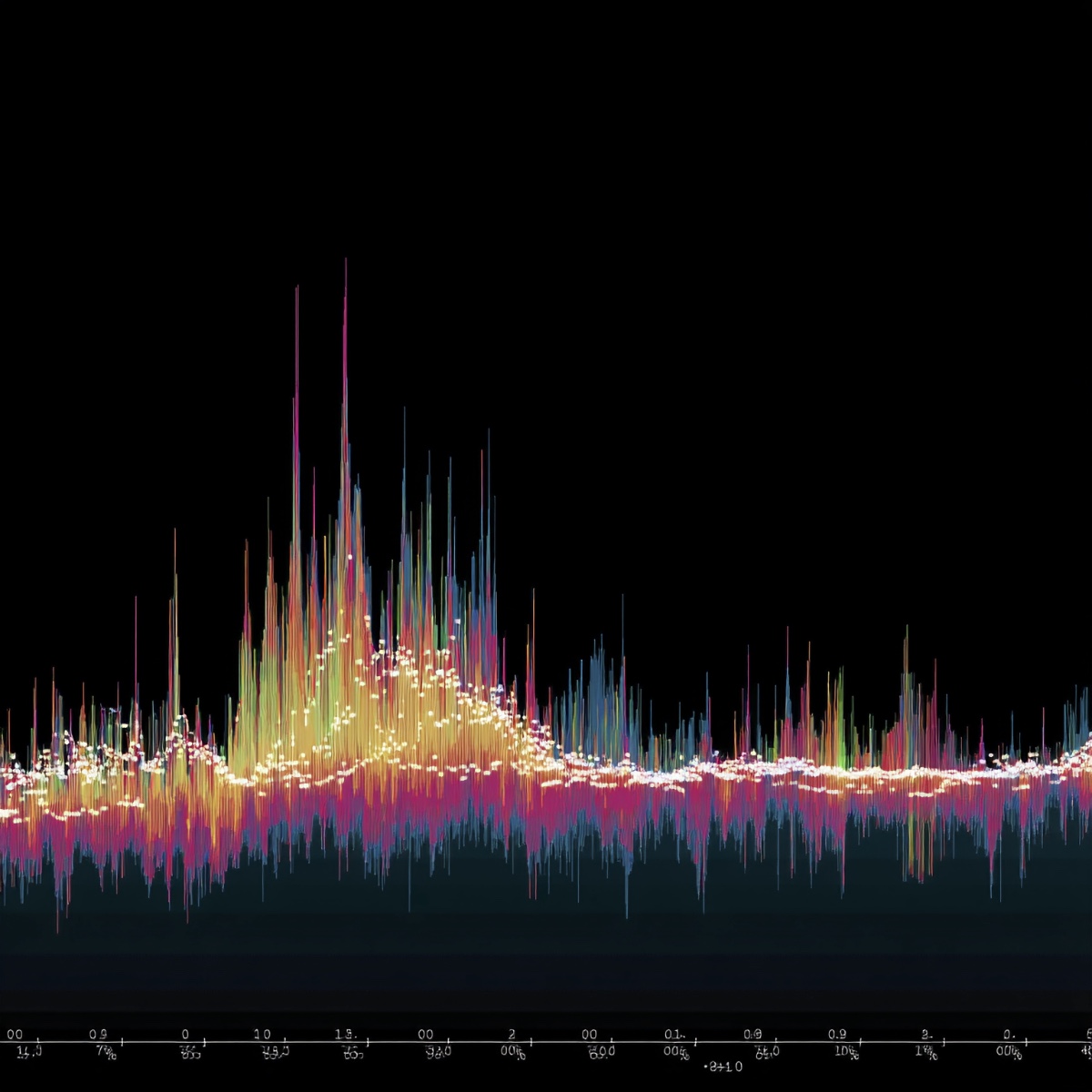Signal-to-Noise Ratio (SNR) Estimator
Calculate the signal-to-noise ratio for astrophotography to optimize camera settings, exposure times, and image stacking strategies for maximum image quality.
Camera & Exposure Settings
Single exposure duration
Camera ISO sensitivity setting
Lens f-stop setting
Lens or telescope focal length
Physical pixel size of camera sensor
Camera read noise specification
Dark current at operating temperature
Camera sensor operating temperature
Sky brightness (SQM reading)
Frames to stack for final image
Camera Presets
SNR Analysis Results
--
--
--
--
--
--
Noise Components
Signal-to-Noise Ratio Theory
SNR Calculation
SNR = Signal / √(Signal + Sky + Dark + Read²)
- Signal = Target object photons collected
- Sky = Sky background photons
- Dark = Dark current electrons
- Read = Read noise electrons
Stacking Improvement
SNR_stacked = SNR_single × √N
Where N is the number of frames stacked
Doubling SNR requires 4× more frames
Noise Sources in Astrophotography
🎯 Shot Noise (Photon Noise)
Source: Random arrival of photons
Formula: √(Signal electrons)
Mitigation: Longer exposures, larger apertures
🌃 Sky Background Noise
Source: Light pollution, airglow, moonlight
Formula: √(Sky electrons)
Mitigation: Dark skies, narrowband filters
🔌 Read Noise
Source: Camera electronics
Formula: Constant per readout
Mitigation: Longer exposures, low-noise cameras
🌡️ Dark Current Noise
Source: Thermal electrons in sensor
Formula: √(Dark current × time)
Mitigation: Cooling, dark frame subtraction
SNR Optimization Strategies
📸 Exposure Time Optimization
- In dark skies: Use longer exposures until tracking limits
- In light-polluted skies: Balance exposure vs. sky saturation
- Read noise dominated: Favor longer exposures
- Sky background dominated: Consider shorter subs with more frames
⚙️ Camera Settings
- ISO: Use "unity gain" or lowest read noise setting
- Aperture: Wider apertures collect more light
- Cooling: -20°C reduces dark current by ~75%
- Gain: Match gain to sky conditions
📚 Stacking Strategy
- More frames always improve SNR (√N improvement)
- Balance total imaging time vs. number of subs
- Consider dithering for better noise characteristics
- Use rejection algorithms to remove outliers
SNR Targets by Application
| Application | Minimum SNR | Good SNR | Excellent SNR | Notes |
|---|---|---|---|---|
| Visual Sharing | 10 | 20 | 50+ | Social media, quick processing |
| Print Quality | 20 | 40 | 100+ | Large prints, exhibitions |
| Scientific Work | 50 | 100 | 200+ | Photometry, astrometry |
| Competition | 30 | 60 | 150+ | Contests, awards |
